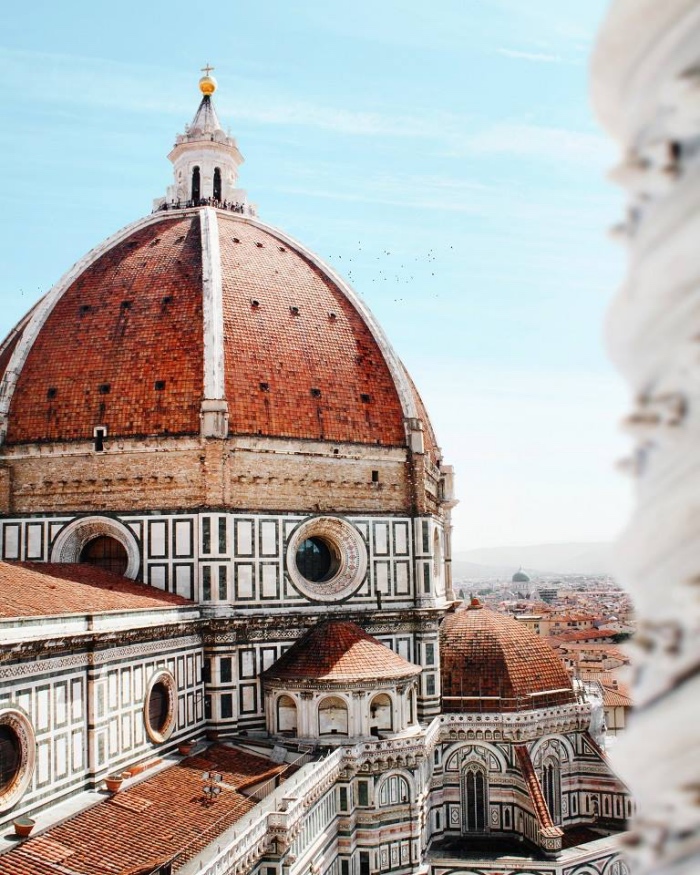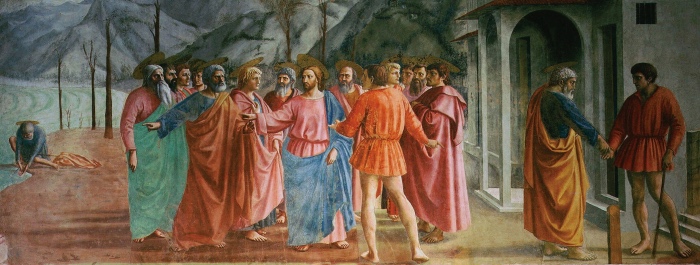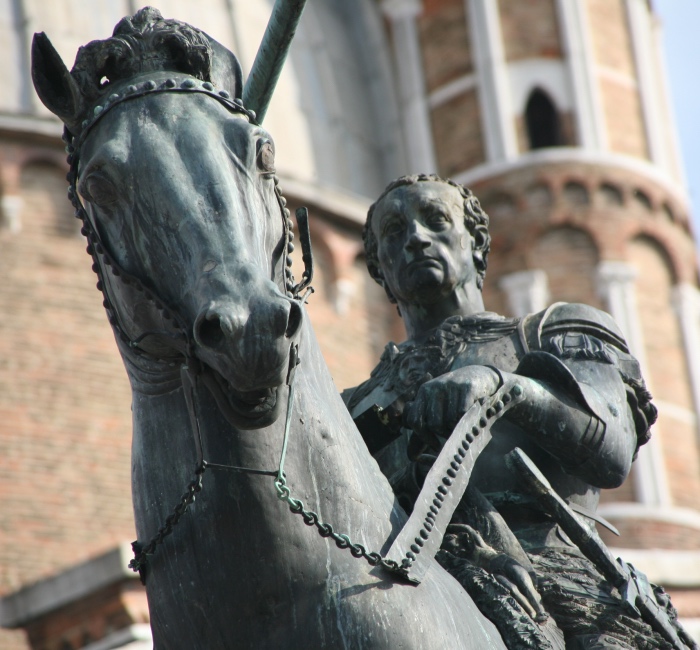Renaissance

Cupola di Santa Maria del Fiore, Firenze – Image source: Gabriele Colzi via Facebook
THE RENAISSANCE
When people talk about masterpieces of Italian art, they often make reference to the Renaissance as a turning point and the point of reference for the majority of the Western artists.
The Renaissance began in the early 15th century and covered a period of time of two centuries, up to the end of the 16th century, just to make it clear.
The city symbol of the Renaissance is Florence, when in 1401 a competition to build the second door for the Baptistery of the city was announced. Lorenzo Ghiberti was awarded the commission, and in his work he summarized the new Renaissance principles bound revolutionize the destiny of Western art: perspective, proportions and anatomy.

Lorenzo Ghiberti, formella per il Battistero di Firenze -1401. Image source: it.wikipedia.org
The word Renaissance refers to the “rebirth” of art and classical culture which, starting from the 15th century, affected all the disciplines, marking an evident break with the previous period of time that we all know as the Middle Ages.
Before the 15th century it seemed that Western Europe had forgotten the beauty of Greek and Roman sculptures, and painting had become the mirror of a supernatural world where figures didn’t have emotions and were located in an unreal space, but thanks to the Renaissance antique art became a model again.
In a sense, the fall of the Roman Empire had impoverished art, making it less elegant and without any search for beauty.
In the 15th century some personalities stood out on the artistic scene, ready to revolutionise the rules of art: Masaccio for painting, Brunelleschi for architecture and Donatello for sculpture. In addition, the conquests made in the field of art were described by Leon Battista Alberti, architect and humanist, author of three essays which are still today an important point of reference to understand the revolutionary impact of the Renaissance.
Perspective, proportion and anatomy are the basic elements of the Renaissance, appeared in a phase of profound change in the way people conceived art, which became mirror of reality, which now could be measured and described according to mathematical rules.
Man is capable of understanding the world through scientific and universal rules, and putting himself in the middle of any reflection and any representation.
The Renaissance revolution doesn’t finish in a short time, but is the result of several achievements, which make room in artworks for human emotions, and little by little people prefer portraits of illustrious men to portraits of saints.

Masaccio, Il Pagamento del tributo (1425 circa), Cappella Brancacci nella chiesa di Santa Maria del Carmine a Firenze – Image source: it.wikipedia.org
WHY THE RENAISSANCE WAS BORN IN FLORENCE
The reasons why the Renaissance developed first in Florence were mainly political and economic.
Starting in 1252, the gold florin was minted in Florence, which was to become the most important currency in Europe. As early as the 14th century, there were almost 200 banks in the city and they granted loans at interest, even with a written promise of repayment: the bill of exchange.
Florentine bankers made the money they invested pay off on international markets and their economic importance grew to such an extent that they became important socially, politically and even artistically, supporting many artists.
The Medici family belonged to the new financial aristocracy of Florence and, from 1434 onwards, managed the city’s power with the seigniory of Florence, starting a long and successful history of patronage.
THE CITIES OF THE RENAISSANCE
Following the example of Florence, also in other Italian cities the most prominent and important families identified art as the means to assert their prestige.
The Ferrara of the Este family, the Mantua of the Gonzagas, the Venice of the doges, the Milan of the Visconti and Sforza families, the Naples of Ferdinand of Aragon, the Rome of the popes, the Urbino of Montefeltro. These are the most important centres of the Renaissance, the most important cities from an artistic and cultural point of view, poles of attraction and irradiation of a new language.
Moreover, we must not forget that during the 15th century, it was not only Italian art that dominated the scene, but there were other cities that dialogued with Italian art from a commercial and also an artistic point of view. This is the case with Flanders and Flemish painting.
Flanders had a close relationship with Italian cities and it was the Flemish artists who perfected the use of oil colour, which enabled a wide range of hitherto unthinkable colour nuances to be obtained and which were also taken up by the greatest Italian artists.

Donatello, Monumento equestre al Gattamelata, Padova – Image source: SlidePlayer.cz
Follow me on:
About me
In this blog, I don't explain the history of art — I tell the stories that art itself tells.


